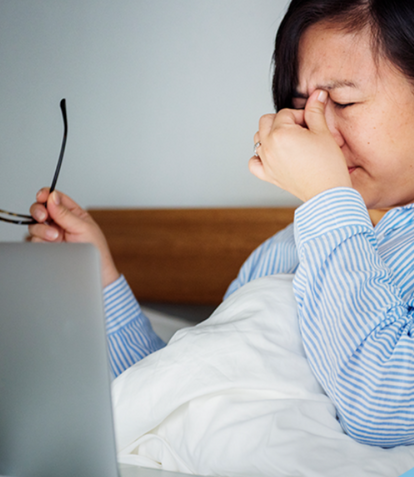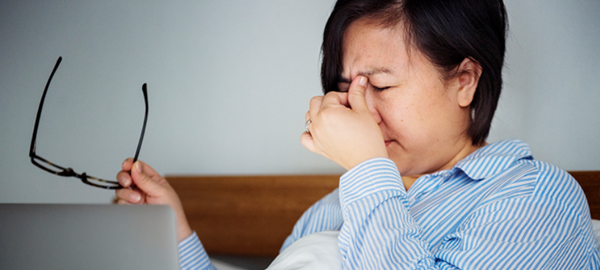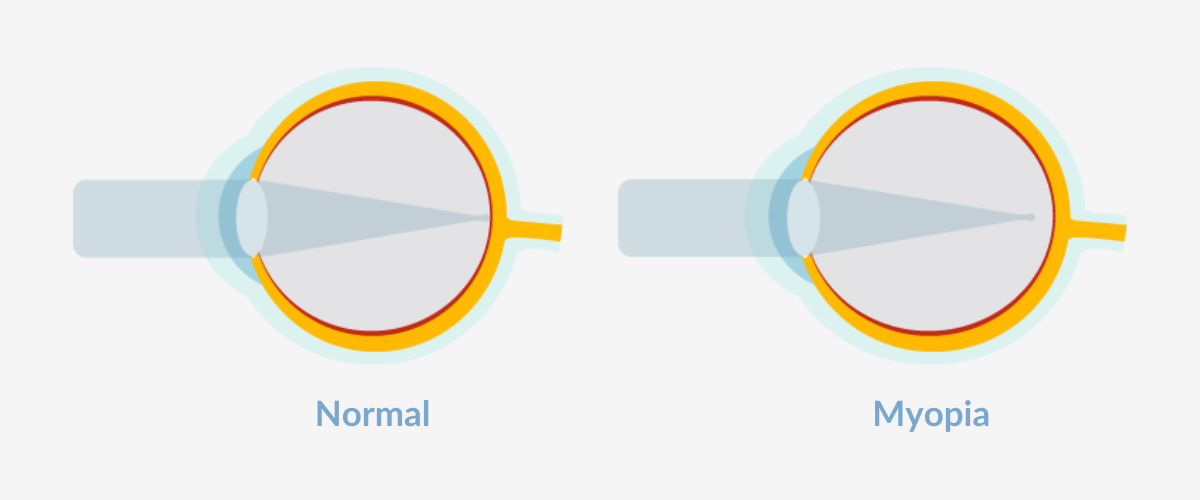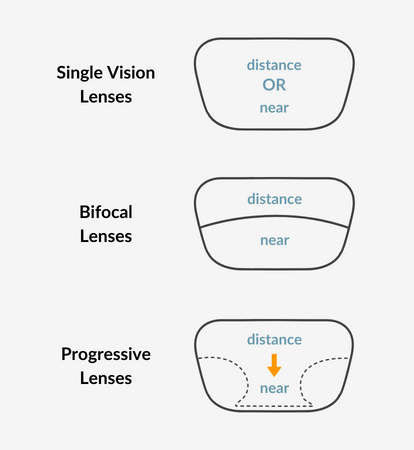

What Causes Bloodshot Eyes and How Can You Prevent It?
What causes bloodshot eyes?
Bloodshot eyes are a common eye affliction that everyone gets. There are many different bloodshot eyes causes, and many ways to prevent bloodshot eyes. Take a look at our guide below.
Pink Eye
Also known as conjunctivitis, pink eye is very common. It is when the eyelids and the conjunctiva (liquid film which coats the eye) are inflamed due to allergies and viral or bacterial infection. Red lines appear because the conjunctiva contains blood vessels that dilate when irritated, thereby causing the red colour.
Tears
Tears are essential to lubricate the eye and keep it moist and healthy. If your tear ducts aren’t producing enough tears, then your eyes become dried, irritated and itchy as well as inflamed. This then leads to a red eye. Ask your doctor for eye drops.
Computer use
Our eyes become bloodshot when they are dry. So what causes dry eyes? When you spend too much time staring at electronic screens, you may experience “Computer vision syndrome”. This happens when the eye becomes strained from looking at a screen for too long, and doesn’t blink as often, leading to dry, inflamed eyes. Eyes may then appear red and bloodshot as a result. Thus, try to remember the 20/20 rule; after every 20 minutes of screen time, look away at something 20 feet away for 20 seconds. This is a great way of how to prevent bloodshot eyes.
Painful red eyes
If your eyes are red and painful, or have reduced vision, higher sensitivity to light, then go to your doctor for medical attention as soon as possible. These could be signs of a serious condition such as glaucoma, uveitis, ocular herpes, or a corneal ulcer.
Smoking & Drinking
Alcohol reduces the oxygen levels in your red blood cells, which can cause blood clotting in your eyes and produce a red colour. Tobacco smoke is a toxic substance that irritates the eyes, dry it out, and increases the risk of contracting a host of diseases such as cataracts. Cannabis dilates the blood vessels in the eye quite significantly for long periods of time.
Swimming & Sleep
If you’re a regular swimmer then you may be exposed to bacteria in the water, or chlorine which irritates your eyes. Never wear contact lenses in the pool since this puts you at risk of serious infections. Sleep is one of the most important things to keep your eyes refreshed and healthy. Lack of sleep will leave you with red, puffy eyes.
Causes and Treatment for Red, Bloodshot Eyes
What causes bloodshot eyes?
Bloodshot eyes are a common eye affliction that everyone gets. There are many different bloodshot eyes causes, and many ways to prevent bloodshot eyes. Take a look at our guide below.
Pink Eye
Also known as conjunctivitis, pink eye is very common. It is when the eyelids and the conjunctiva (liquid film which coats the eye) are inflamed due to allergies and viral or bacterial infection. Red lines appear because the conjunctiva contains blood vessels that dilate when irritated, thereby causing the red colour.
Tears
Tears are essential to lubricate the eye and keep it moist and healthy. If your tear ducts aren’t producing enough tears, then your eyes become dried, irritated and itchy as well as inflamed. This then leads to a red eye. Ask your doctor for eye drops.
Computer use
Our eyes become bloodshot when they are dry. So what causes dry eyes? When you spend too much time staring at electronic screens, you may experience “Computer vision syndrome”. This happens when the eye becomes strained from looking at a screen for too long, and doesn’t blink as often, leading to dry, inflamed eyes. Eyes may then appear red and bloodshot as a result. Thus, try to remember the 20/20 rule; after every 20 minutes of screen time, look away at something 20 feet away for 20 seconds. This is a great way of how to prevent bloodshot eyes.
Painful red eyes
If your eyes are red and painful, or have reduced vision, higher sensitivity to light, then go to your doctor for medical attention as soon as possible. These could be signs of a serious condition such as glaucoma, uveitis, ocular herpes, or a corneal ulcer.
Smoking & Drinking
Alcohol reduces the oxygen levels in your red blood cells, which can cause blood clotting in your eyes and produce a red colour. Tobacco smoke is a toxic substance that irritates the eyes, dry it out, and increases the risk of contracting a host of diseases such as cataracts. Cannabis dilates the blood vessels in the eye quite significantly for long periods of time.
Swimming & Sleep
If you’re a regular swimmer then you may be exposed to bacteria in the water, or chlorine which irritates your eyes. Never wear contact lenses in the pool since this puts you at risk of serious infections. Sleep is one of the most important things to keep your eyes refreshed and healthy. Lack of sleep will leave you with red, puffy eyes.
















































